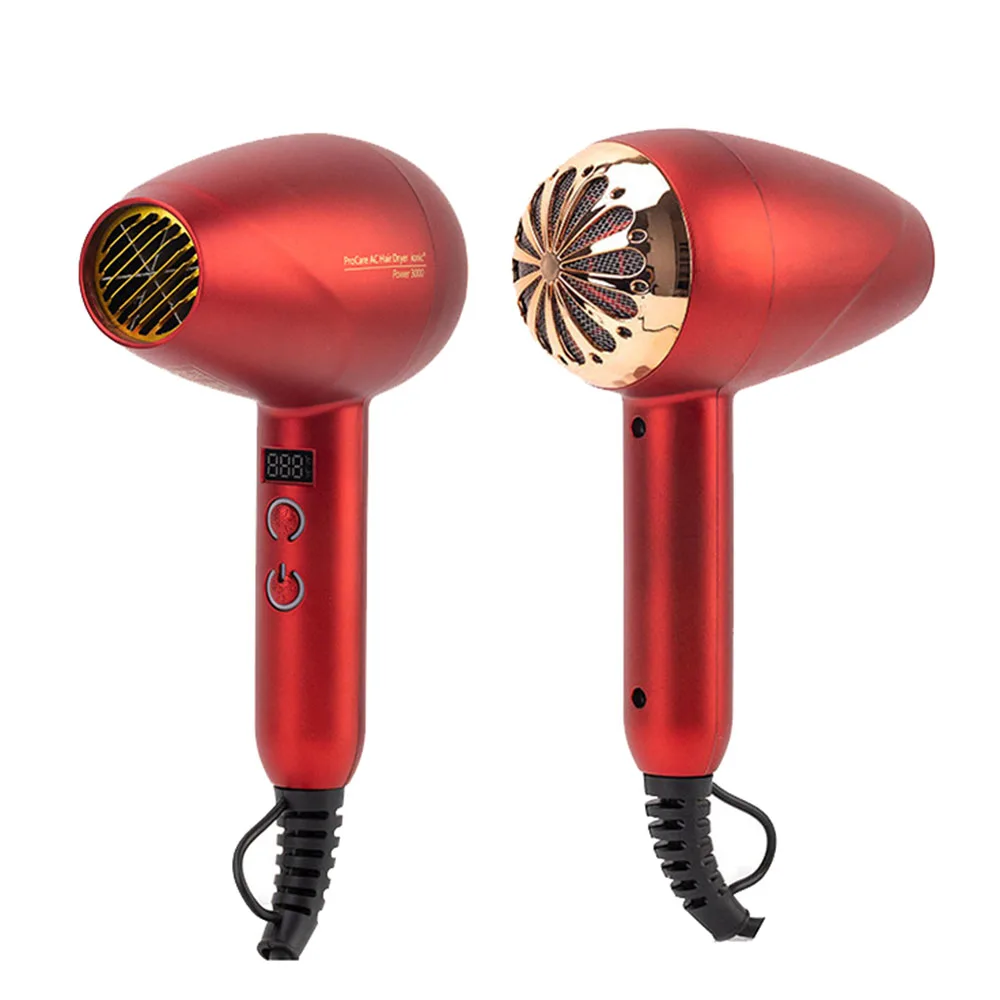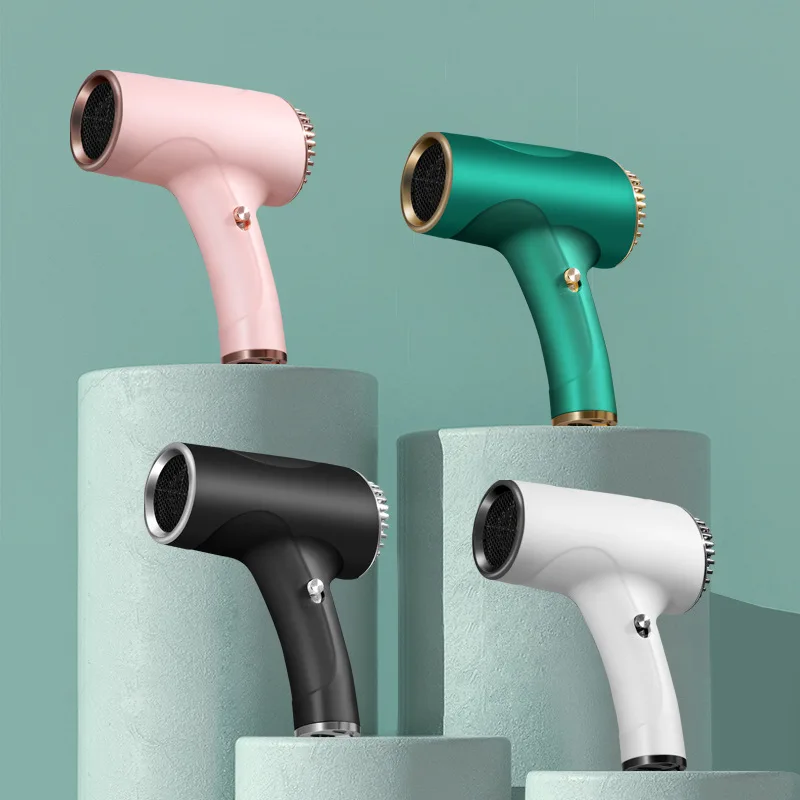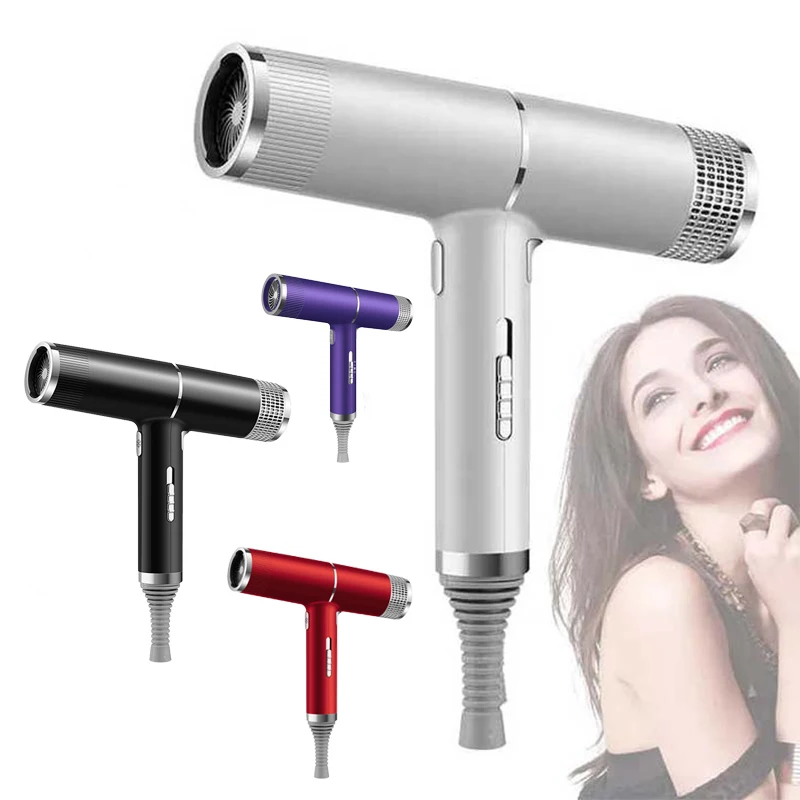Hair dryers are essential tools for many people, and it’s frustrating when they suddenly stop working. If your hair dryer is not turning on, you may feel helpless and unsure of what to do next. Don’t worry—this guide will walk you through the potential reasons your dryer might be malfunctioning, troubleshooting steps, safety tips, and even maintenance techniques to prolong its life.
Understanding the Mechanics of a Hair Dryer
Before diving into potential issues, it’s essential to understand the basic mechanics behind a hair dryer.
How Hair Dryers Work
A hair dryer uses an electric fan to pull in ambient air, heating it through a set of coils before blowing it out through a nozzle. This hot air evaporates moisture from your hair, speeding up the drying process. When you press the “On” button, electricity flows through a circuit, activating the fan and heating element.
Common Components
A typical hair dryer consists of the following components:
- Heating Element: Responsible for warming air.
- Fan: Circulates air through the dryer.
- Thermal Fuse: A safety device that turns off the dryer when it gets too hot.
- Power Cord: Supplies electricity to the dryer.
- Switch: Controls the turning on and off of the appliance.
Understanding these components can help you troubleshoot effectively when your hair dryer does not turn on.
Identifying the Problem: Troubleshooting Steps
If your hair dryer is not turning on, there may be multiple reasons for this issue. Here are some common troubleshooting steps to diagnose the problem.
Check the Power Source
Before assuming the dryer is broken, check the power source.
Inspect the Outlet
Make sure the outlet is working. Plug another device into the same outlet to see if it functions. If not, the outlet could be faulty. Try resetting the circuit breaker or checking for blown fuses.
Verify the Power Cord
Examine the power cord for any signs of damage, such as fraying or cuts. A damaged cord can prevent the dryer from receiving power. If you notice any issues, avoid using the dryer until the cord is repaired or replaced.
Look at the Switch
The switch controls the on and off states of your hair dryer.
Test the On/Off Switch
Repeatedly toggling the switch can help reveal if it is faulty. A malfunctioning switch might be stuck in the “off” position. If the switch feels loose or unresponsive, it may need to be repaired or replaced.
Listen for Sounds
When you toggle the switch, listen for any sounds. A faint clicking noise could indicate electricity is trying to flow, but the device may not be functioning properly.
Check the Thermal Fuse
A thermal fuse is a safety mechanism designed to shut off power when overheating occurs.
Signs of a Blown Fuse
If the hair dryer does not turn on, it’s possible that the thermal fuse has blown. Typical indicators include:
- A burnt smell
- Discoloration around the thermal fuse area
- A “pop” noise immediately followed by the dryer not turning on
If you suspect the fuse is blown, refer to the manufacturer’s instructions for replacement.
Investigating Internal Issues
After checking external components, it may be time to look inside the dryer.
Inspect the Heating Element
If the heating element is damaged, the dryer may fail to turn on.
Signs of Damage
Look for blistering, breakage, or other visible damage to the heating element. If you see any issues, you will need to replace the component.
Examine the Fan Motor
A malfunctioning fan motor can also prevent the hair dryer from turning on.
Testing the Fan Motor
You can test the functionality of the fan motor by trying to spin it manually. If it feels stuck or doesn’t move freely, it could be the reason why your hair dryer is not turning on.
Check for Blockages
Sometimes, hair dryers can accumulate lint and debris, affecting their performance.
Cleaning the Air Intake
Ensure that the air intake areas are clean and clear of any blockages. Use a brush or vacuum to remove any hair or dust that may be obstructing airflow.
Safety First: Precautions to Take
Before attempting any repairs or disassembly, it’s crucial to prioritize your safety.
Unplug the Device
Always disconnect the hair dryer from the power source when troubleshooting to prevent electric shock.
Wear Protective Gear
If you plan on opening the hair dryer for repairs, consider wearing gloves and eye protection in case of broken components or electrical hazards.
Seek Professional Help
If you’re ever in doubt about your ability to diagnose or repair the issue, consult a qualified electrician or appliance repair technician. Attempting complex repairs without proper knowledge may do more harm than good.
Maintenance Tips for Longevity
After resolving the issue of your hair dryer not turning on, make sure to take preventive measures to ensure its longevity.
Regular Cleaning
Regular cleaning your hair dryer regularly can eliminate lint or hair buildup that can affect its performance.
How to Clean
- Turn Off and Unplug the Dryer: Safety first.
- Remove Debris: Use a soft brush or cloth to wipe down the grille and air intake.
- Check the Filter: Some models come with removable filters. Clean these according to the manufacturer’s instructions.
Avoid Overuse
Frequent, high-temperature use can overheat the dryer and lead to component failure.
Adjust Settings
Use lower heat settings when possible, and give the dryer a break if it’s used continuously for an extended period.
Store Properly
How you store your hair dryer can also impact its durability.
Create an Ideal Storage Space
Keep the hair dryer in a cool, dry place. Avoid wrapping the cord tightly around the appliance, as this can lead to wear and tear.
When to Consider Replacement
In some cases, it may be more practical to buy a new hair dryer rather than attempting extensive repairs.
Signs It’s Time to Replace
- Frequent Repairs: If you find yourself repairing the same issue repeatedly, consider investing in a new model.
- Old Age: Most hair dryers have a lifespan of 5-10 years. If yours is older than that and showing signs of wear, it may be time for an upgrade.
- Safety Concerns: If you experience any electrical issues, such as sparks or strange smells, it’s safer to replace the device altogether.
Choosing a New Hair Dryer
When choosing a replacement, consider:
- Wattage: Higher wattage usually means faster drying time.
- Heat Settings: Multiple heat settings offer more control.
- Weight: A lightweight model is easier to handle.
- Attachments: Nozzles and diffusers can aid in styling options.
 Cost of Repairing a Non-Working Hair Dryer
Cost of Repairing a Non-Working Hair Dryer
General Repair Costs
The cost of repairing a hair dryer that is not turning on can vary widely based on several factors, which we will examine shortly. However, average repair fees usually range from $15 to $50.
- Labor Costs: Repair services often charge between $40 to $100 per hour. As hair dryers are relatively small devices, repairs typically can be completed in less than an hour.
DIY Repairs vs. Professional Services
DIY Repairs
If you have some technical skills, you might consider doing it yourself. Here is a breakdown of potential costs involved:
- Basic Tools: If you don’t have tools like screwdrivers and multimeters, you may need to purchase them, which can cost around $30 to $100.
- Replacement Parts: If the issue is a faulty switch or cord, those parts can usually be found online or in local hardware storese. You might spend between $5 to $30 on parts.
Professional Repair Services
If you’re not comfortable tackling the repair yourself, consider hiring a professional:
- Diagnosis Fee: Some repair shops charge an upfront fee just to diagnose the problem, usually around $10 to $30.
- Parts and Labor: Once the issue is diagnosed, the cost for parts and labor can add another $40 to $80 depending on what needs to be replaced.
Conclusion
Dealing with a hair dryer that is not turning on can be both frustrating and inconvenient. By understanding the mechanics behind your appliance, regularly maintaining it, and taking appropriate troubleshooting steps, you can resolve most issues. If repairs aren’t feasible, knowing when to replace your hair dryer will save you time and headaches down the road. Always prioritize safety, and consider professional help when necessary. By following these guidelines, you’ll ensure that your hair dryer remains a reliable tool in your personal grooming routine.

